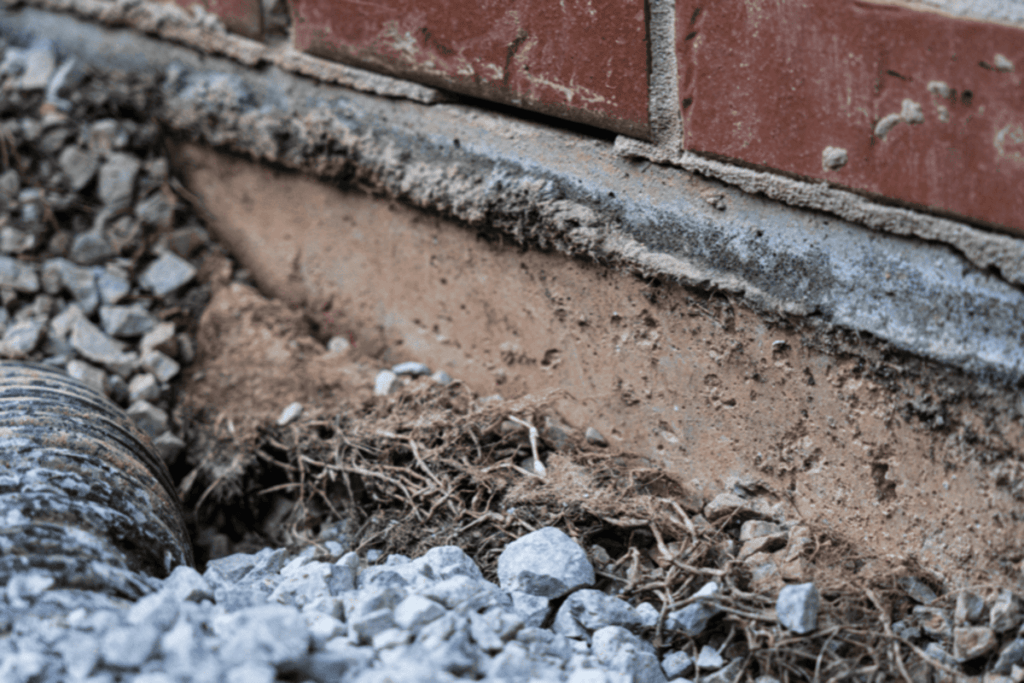Mold growth in the basement isn’t just a lower-level problem; it can rise up to challenge the safety and health of your entire home. From sheetrock walls and baseboards to wood paneling, any evidence of mold suggests underlying moisture problems that must be tackled immediately. This blog explores the significant ways that mold located in your basement can have an impact throughout your home, including its potential to infiltrate upper floors and compromise the health of your home.
Identifying the Presence of Mold
The presence of mold in the basement is a clear indication of moisture issues that need to be addressed promptly. Whether your home is old or new, spotting mold growth on surfaces such as sheetrock walls, baseboards, or wood paneling should raise concerns about potential health hazards. Older homes with foundations made of materials like center block or stone may be particularly prone to mold growth due to their susceptibility to water seepage.
Recognizing the Health Hazards
Mold isn’t just unsightly; it’s also a health hazard that can exacerbate respiratory issues and allergies, especially in vulnerable individuals. Certain types of mold produce mycotoxins, which can have severe health effects when ingested or inhaled. Therefore, addressing mold in the basement is essential for maintaining a healthy indoor environment and preventing adverse health outcomes for occupants.
Understanding the Spread of Mold
One of the most concerning aspects of mold in the basement is its potential to spread to other parts of the house. Mold spores can easily become airborne and travel through the HVAC system, ductwork, or on clothing and shoes, contaminating the air throughout the entire home. This means that what starts as a localized issue in the basement can quickly become a pervasive problem affecting upper floors.
Implementing Effective Mitigation Strategies
Mitigating the risks associated with mold in the basement requires a comprehensive approach. Homeowners should first identify and address the source of moisture contributing to mold growth, whether it’s through foundation repairs, improved drainage, or the installation of a dehumidifier. Additionally, thorough cleaning and remediation of affected areas are necessary to remove existing mold and prevent its recurrence.
Seeking Professional Assistance
While some homeowners may attempt to tackle mold remediation on their own, it’s often best to enlist the help of professionals. Experienced mold remediation specialists have the expertise, equipment, and protective gear necessary to safely and effectively address mold issues in the basement and throughout the home. By relying on experts, homeowners can ensure that the problem is handled comprehensively, reducing the risk of future mold growth and associated health hazards.
In Summary
Mold in the basement can have far-reaching effects on the health and safety of your home, potentially impacting upper floors and compromising indoor air quality. By recognizing the signs of mold growth, understanding the associated health hazards, and implementing effective mitigation strategies, homeowners can safeguard their families and property from the detrimental effects of mold contamination.
If you suspect mold in your basement or have concerns about its impact on the rest of your home, don’t hesitate to contact us for professional assistance and guidance. Our team is dedicated to helping you address mold issues effectively and restore a safe, healthy living environment for you and your loved ones.




